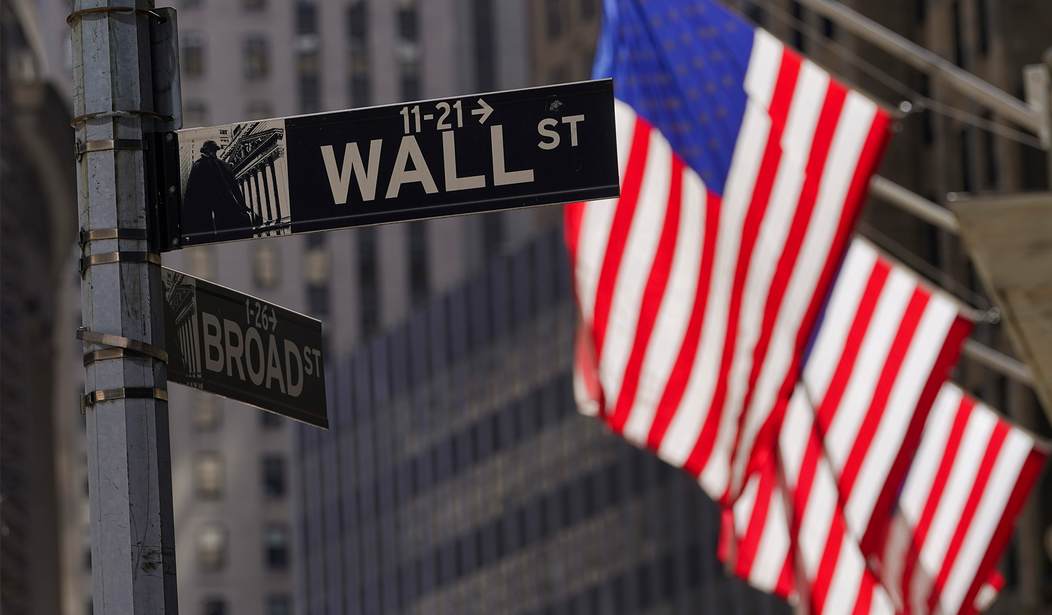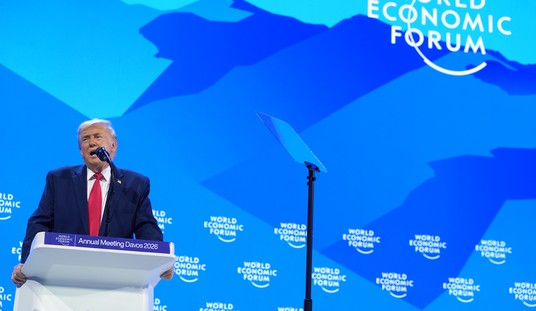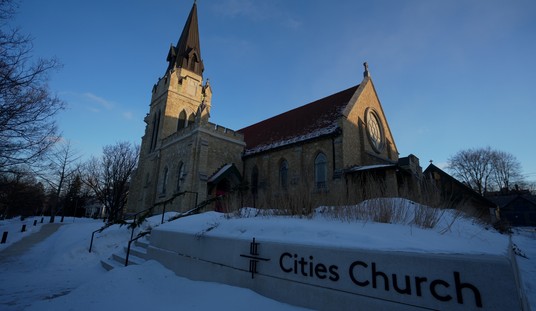In another major blow to the U.S. financial sector, the FDIC has seized First Republic Bank and plans to hand over control of its assets to JPMorgan.
The move heads off a near-collapse that would have further rocked an already sensitive financial sector still reeling from the collapse of tech-aligned banks Silicon Valley Bank and New York Signature Bank. The First Republic failure is the second largest bank failure in U.S. history and further complicates the economic status of the American economy.
Via the Wall Street Journal:
JPMorgan said it will assume all of First Republic’s $92 billion in deposits—insured and uninsured. It is also buying most of the bank’s assets, including about $173 billion in loans and $30 billion in securities.
As part of the agreement, the Federal Deposit Insurance Corp. will share losses with JPMorgan on First Republic’s loans. The agency estimated that its insurance fund would take a hit of $13 billion in the deal. JPMorgan also said it would receive $50 billion in financing from the FDIC.
San Francisco-based First Republic, the second-largest bank to fail in U.S. history, lost $100 billion in deposits in a March run following the collapse of fellow Bay Area lender Silicon Valley Bank. It limped along for weeks after a group of America’s biggest banks came to its rescue with a $30 billion deposit. Those deposits will be repaid after the deal closes, JPMorgan said.
Three of the four largest-ever U.S. bank failures have occurred in the past two months. First Republic, with some $233 billion in assets at the end of the first quarter, ranks just behind the 2008 collapse of Washington Mutual Inc. Rounding out the top four are Silicon Valley Bank and Signature Bank, a New York-based lender that also failed in March.
The collapse of Silicon Valley Bank and New York Signature Bank was the result of economic turbulence in the tech sector and cryptocurrency. First Republic’s collapse is tied to both of those, as their failures led to a run on First Republic, as referenced above. But the new deal leads to JPMorgan, already the nation’s biggest bank, becoming even bigger. The consolidation of America’s largest financial institutions helps stabilize the financial sector in the short run.
First Republic, like Silicon Valley, was something of a niche institution, which catered specifically to rich, coastal Americans, according to CNBC.
Since the sudden collapse of Silicon Valley Bank in March, attention has focused on First Republic as the weakest link in the U.S. banking system. Like SVB, which catered to the tech startup community, First Republic was also a California-based specialty lender of sorts. It focused on serving rich coastal Americans, enticing them with low-rate mortgages in exchange for leaving cash at the bank.
But that model unraveled in the wake of the SVB collapse, as First Republic clients withdrew more than $100 billion in deposits, the bank revealed in its earnings report April 24. Institutions with a high proportion of uninsured deposits such as SVB and First Republic found themselves vulnerable because clients feared losing savings in a bank run.
Shares of First Republic had lost 97% as of Friday’s close.
The recent financial sector turmoil has some observers seeing shades of 2007 when the Global Financial Crisis began. The collapse of Silicon Valley Bank raised several red flags among financial experts and comes at a time when the U.S. is fighting inflation and preparing for a possible recession. The latest drama with First Republic adds to the already increasing pressure the Federal Reserve Board is facing in its fight against inflation.
After the collapse of Silicon Valley and Signature, Wall Street was sending several warnings to the Fed, urging the board to pause interest rate hikes. However, the Fed has signaled that rate hikes will continue while inflation is still hot. And while it has cooled in recent reports, the Fed is not convinced the crisis is over, and they have maintained their pledge to bring inflation down to 2 percent.












Join the conversation as a VIP Member